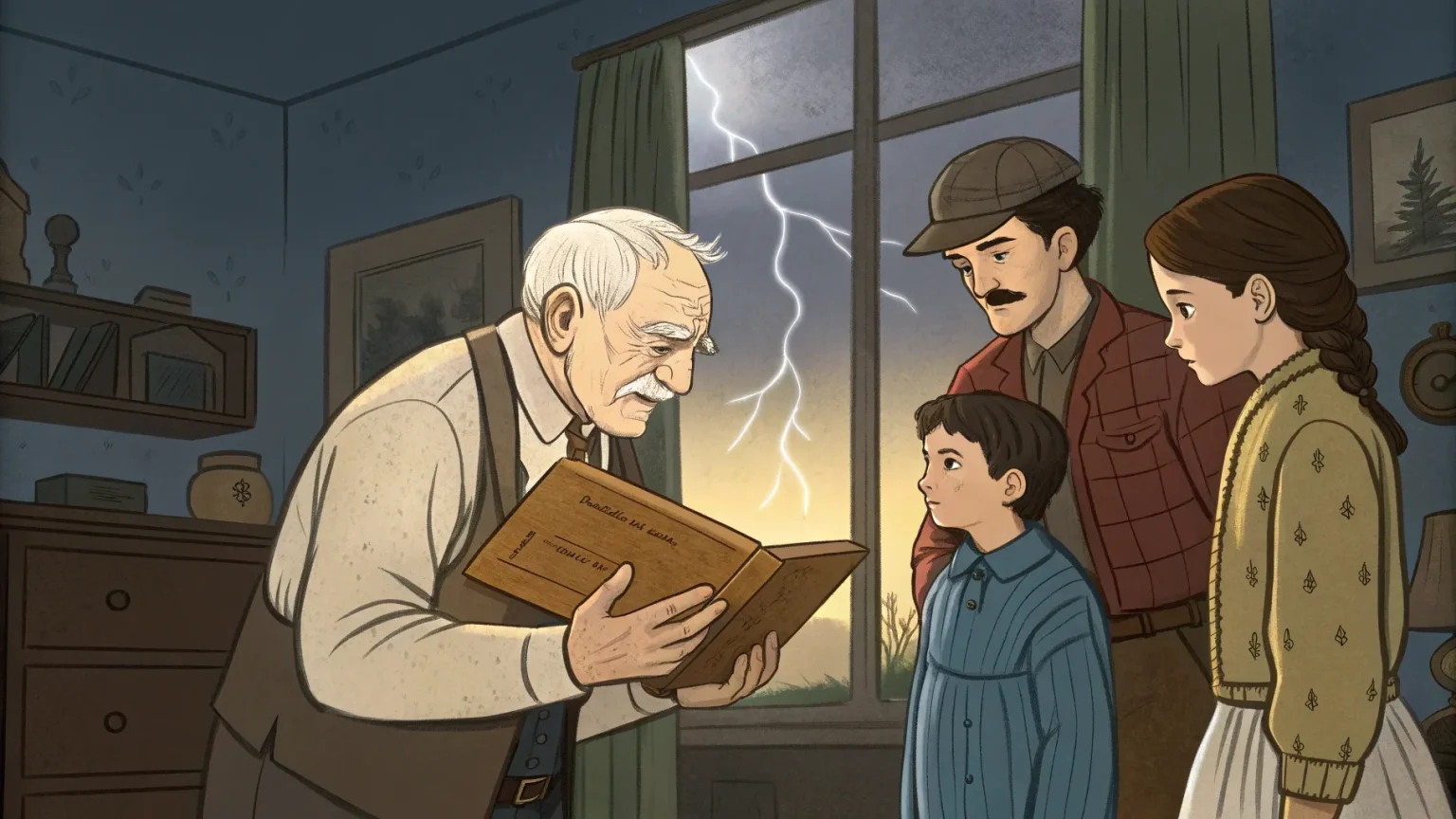The Great Depression didn’t just steal money from my family—it stole our mindset for generations. In October 1929, as banks collapsed and stocks became worthless, my great-grandfather Bagio made a decision that would shape our family’s financial destiny for the next century: “Never trust banks again.”
He buried money in coffee cans in the cellar. It worked—my family survived the Great Depression. But survival isn’t success. His fear became a philosophy that infected our family tree. My grandfather inherited this mindset, working in coal mines and saving every penny, never investing because it felt too risky.
This fear-based approach to money impacted three generations of my family. The mantra became: work hard, save what you can, and maybe—just maybe—your kids will have it a little better. It’s a cycle of financial limitation disguised as wisdom.
How I Broke the Cycle
What saved Bagio in 1929—hoarding, hiding, distrusting—would have kept me broke in 1999. I realized something profound: my great-grandfather survived by protecting what he had, but I could only build wealth by investing in who I could become.
During my junior year of college, I made a decision that broke our family’s financial curse. I invested half of everything I had saved—$5,000—into my car detailing business and education outside the classroom. This wasn’t just a business decision; it was a declaration to myself that I was worth investing in.
That investment did three critical things:
- It told my brain I was worth it
- It expanded my thinking beyond the scarcity mindset I inherited
- It exponentially increased my ability to create value
This shift in thinking helped me become a multimillionaire by age twenty-six. Not because I was smarter or worked harder than my ancestors, but because I dared to challenge the financial trauma response that had been passed down to me.
The Hidden Cost of Inherited Money Fears
Many of us are still playing small with money because of inherited fears. We don’t take calculated risks. We don’t invest in ourselves. We stay in jobs we hate because they feel “safe.” We keep money in low-yield savings accounts while inflation eats away at its value.
These behaviors aren’t rational financial strategies—they’re trauma responses. And they’re costing us our financial freedom.
You may not have created that trauma, but you can end it.
The most dangerous money beliefs are the ones we don’t even recognize as beliefs—we just accept them as “the way things are.” For my family, it was the belief that financial institutions couldn’t be trusted and that saving was the only path to security.
Investing in Yourself: The Ultimate Financial Strategy
The most powerful investment I’ve ever made wasn’t in stocks, real estate, or even my business—it was in myself. When I invested that $5,000 in education and business development, I was betting on my potential rather than protecting my past.
This approach to wealth building requires:
- Recognizing inherited money patterns that no longer serve you
- Taking calculated risks that expand your capacity to create value
- Investing in skills, knowledge, and connections that compound over time
- Challenging the voice of fear that disguises itself as financial prudence
The difference between those who remain trapped in generational money patterns and those who break free often comes down to this willingness to invest in themselves.
My great-grandfather’s coffee can strategy made sense in his world. But in our world, the greatest risk isn’t losing what you have—it’s never becoming what you could be.
If you’re still carrying the financial trauma of previous generations, know that you have the power to end it. You don’t have to repeat the patterns that kept your family playing small. Face the fear, break the cycle, and live your richest life—not just in terms of money, but in terms of possibility.







